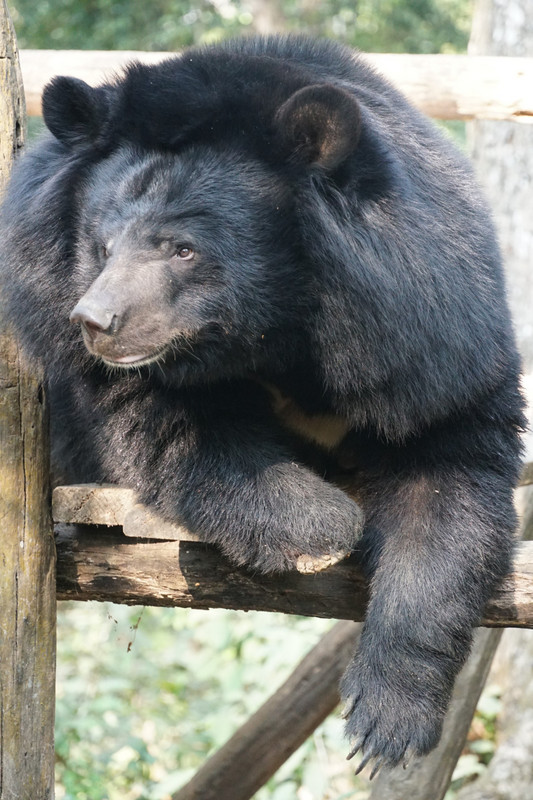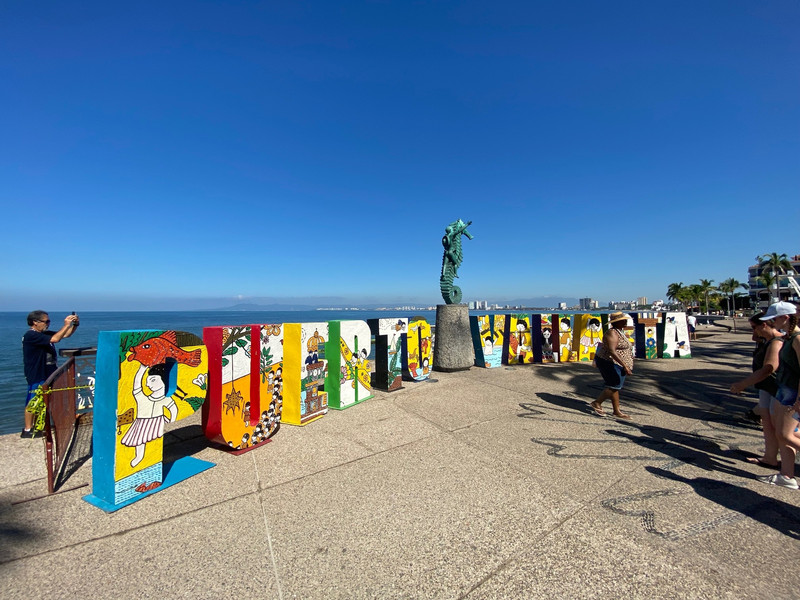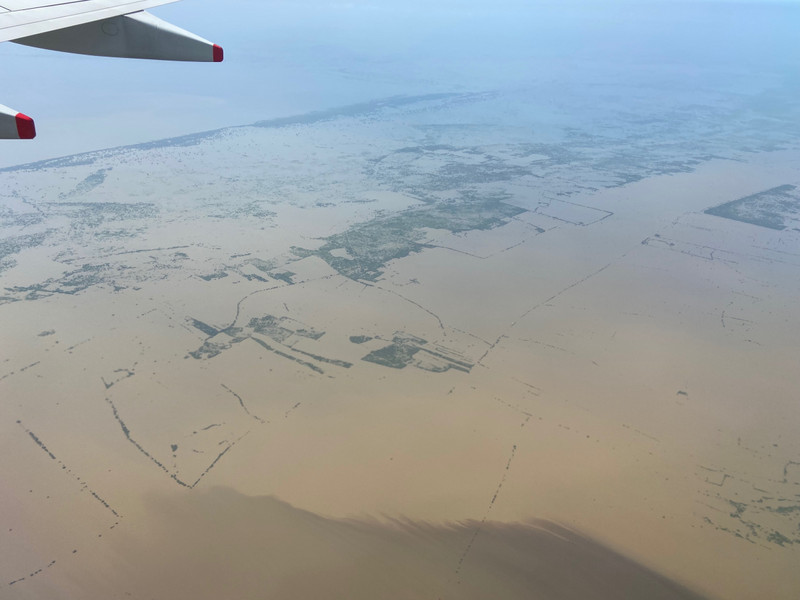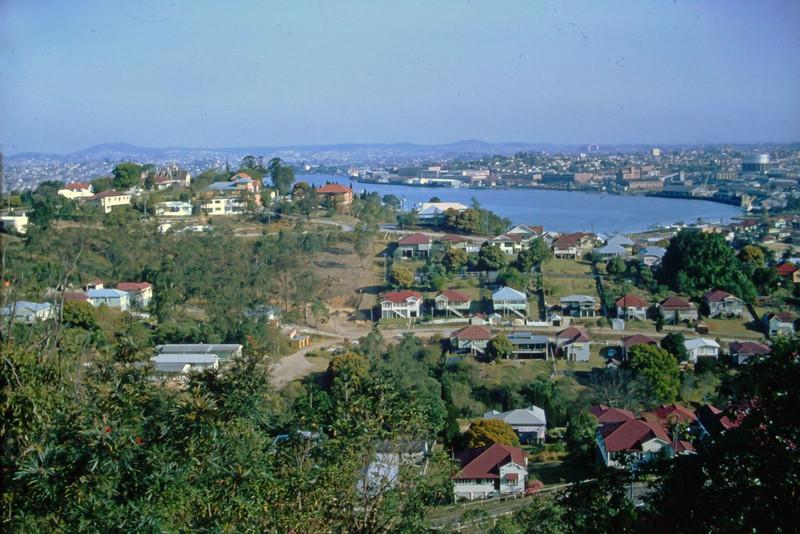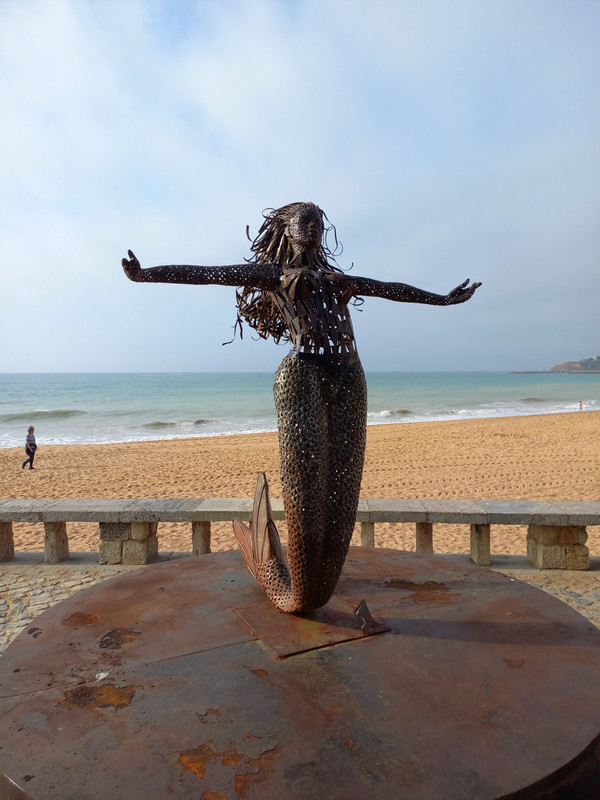After another full day on the Mekong in a long wooden slow boat (wed pushed off the riverbank at Pak Beng about eight hours earlier), we arrived at a berthing area for slow boats just outside Luang Prabang in the early evening. We clambered onto the riverbank, struggled up a particularly steep set of stairs to the roadside and jumped into a waiting minibus – we were heading to Legend Hotel, in Luang Prabang for the next three nights.
In the lead up to this trip, I found time to read A Dragon Apparent – Travels in Cambodia, Laos and Vietnam by Norman Lewis. Lewis travelled through Indochina in early 1950 during the ‘twilight of the French colonial regime. He witnessed the three countries as they were before the devastation of the Vietnam War. I was fascinated by Lewis musings as he travelled through Laos, and I was particularly fascinated by his physical reaction to the climate. Lewis described the lethargy he experienced in Luang Prabang as ‘a wasting away of the energy, and a seeping paralysis
of the will. Lewis hailed from Wales, and he served as a spy in the Intelligence Corps during the Second World War. I imagined him tough and resilient, and his travel writing is littered with stories that only someone with significant nerve and mettle could endure. So if a hardy Welsh soldier wilted in Luang Prabangs heat (which he termed a ‘special kind of heat), how on earth was I going to cope?
It was the following paragraph – more than any other descriptive text from Lewis – that squirreled into my thoughts as we jolted through the streets of Luang Prabang in the minibus.
Quite suddenly my strength had gone. I could only walk slowly and with relief the hour of the siesta. The siesta was slowly eating into the day, and now tended to last all the afternoon. It was as essential as eating and I could never imagine that I should be able to discontinue the habit, even in England.
Maybe, just maybe, this could be a good thing. An siesta – every day. With cold beer and lounge. I was beginning to love the atmosphere and ambiance of Luang Prabang
We dropped our packs at Legend Hotel and walked to Coconut Garden – an impressive and airy restaurant located in the heart of the historic city. The walk required endurance, but not because of the heat – the evening was cool, and dusk was falling around us. Th Sisavangvong (Luang Prabangs main drag) was heaving with locals and tourists, all of who were roaming the Night Market – an endless stretch of street stalls that offered little in terms of product variety. The pace was slow, and I was hungry. Really hungry! It was such a relief to escape the madding crowd and settle at an outside table at Coconut Garden.
I ordered the mok pa nin (steamed Mekong fish cooked in a banana leaf with ‘different kinds of herbs), while Ren opted for the or lam sin moo (pork stew with ‘slightly bitter edible leaves). The meals were sensational, and my Beerlao was incredibly refreshing. Ren ordered a Maitai, and it was potent. The Laotians certainly dont hold back on spirits in their cocktails.
We were falling for Luang Prabang. Its bohemian atmosphere was slowly enshrouding us, and its laid back charm was countering the mayhem
of Th Sisavangvong. We wandered out of the city centre and settled at a table in our hotels open air courtyard. The hotel bar was offering cocktail deals, and we were more than happy to take advantage of the special deal. With a couple of Long Island iced teas in hand, we relaxed with a few and talked into the night. It had been a remarkable travel day.
We woke early (5:30am) the next morning and worked on our travel notes before heading down to the hotels diminutive dining area for breakfast. It was a fairly basic affair, but nice enough. I enjoyed cut fruit (mango and dragon fruit), muesli with milk and yoghurt, omelette, sweet toast, orange juice and tea. It prepared us for the day ahead.
We embarked on an orientation tour of the old city area at 8:30am.
